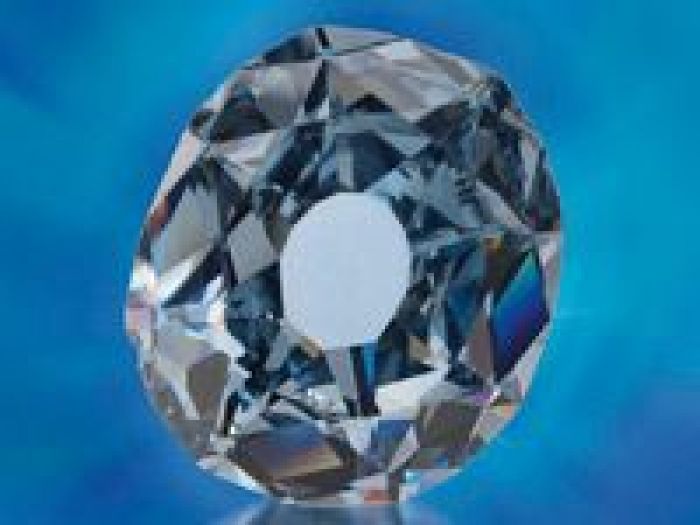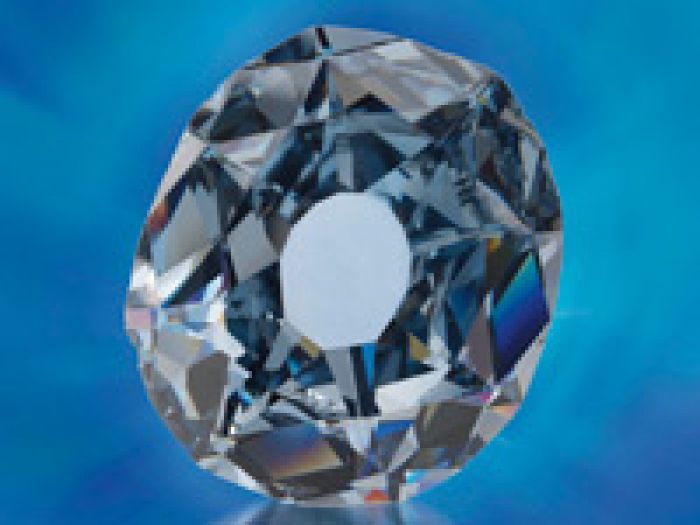
The Wittelsbach was purchased by leading international jeweler Laurence Graff, who was bidding against Aleks Paul of Essex Global Trading in New York. The previous record for a diamond was $16.5 million for a 100 carat diamond in Geneva in 1995. The Wittelsbach sale also sets a record for a piece of jewelry sold at auction. The results far exceed the $15 million estimate, a testament to how rare jewels can hold their value while stock markets plummet.
The Wittelsbach's history can be traced to the 17th century, when King Philip IV of Spain chose it as part of the dowry for his 15-year-old daughter, the Infanta Margarita Teresa. She wed Leopold I of Austria, who later became the Holy Roman Emperor. The stone passed to the Wittelsbachs, the royal family of Bavaria, when the Austrian archduchess, Maria Amalia, married the Bavarian prince Charles Albert in 1722. It stayed in the family even after the monarchy was abolished in 1918.
The Wittelsbach Blue came up for auction at Christies in 1931 but no buyer was found. The stone reappeared in 1961 when the heirs of one of Europe's most successful diamond dealers, Romi Goldmuntz, brought it to an Antwerp jeweler and asked that it be broken up into smaller stones. Thankfully, he refused. The diamond was purchased by a private collector in 1964. Heidi Horton, the wealthiest woman in Austria, has been seen wearing such a stone. Her late husband gave her a blue diamond as a wedding present in 1966. Bavarian authorities wanted to bring the stone home, but were not successful.
Bernadette Morra
Editor-in-chief











